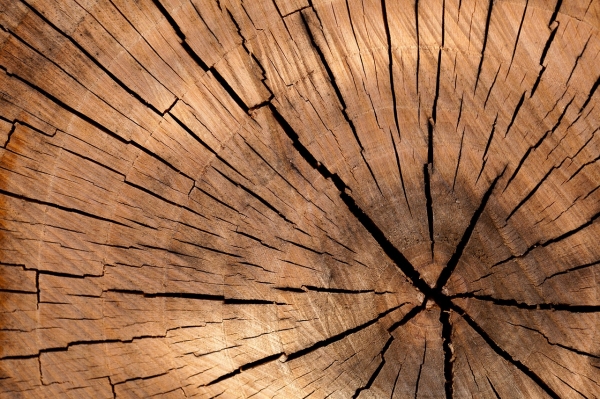A research group coordinated by the University of Helsinki was able to measure a spike in radiocarbon concentration of trees in Lapland that occurred after the Carrington flare.
A research group coordinated by the University of Helsinki was able to measure a spike in radiocarbon concentration of trees in Lapland that occurred after the Carrington flare. This discovery helps to prepare for dangerous solar storms.
The Carrington Event of 1859 is one of the largest recorded solar storms in the last two centuries. It was seen as white light flares on a giant sunspot group, fires at telegraph stations and disturbances in geomagnetic measurements, as well as aurorae even in tropical regions.
In a joint study carried out by the University of Helsinki, Natural Resources Institute Finland and the University of Oulu, a sign of an increase in radiocarbon concentrations following the Carrington storm was detected for the first time in tree rings. Previously, radiocarbon traces have only been detected from far more intense solar storms.
Read more at University of Helsinki
Photo Credit: PublicDomainPictures via Pixabay




